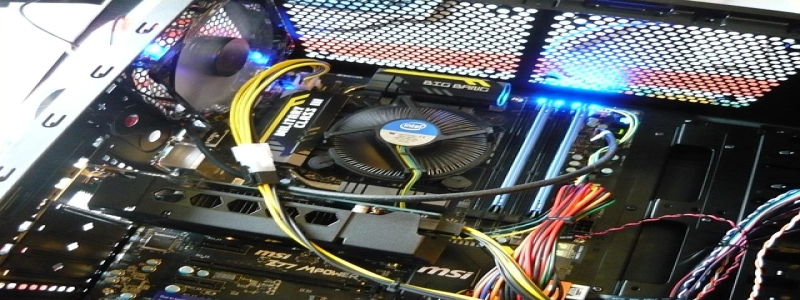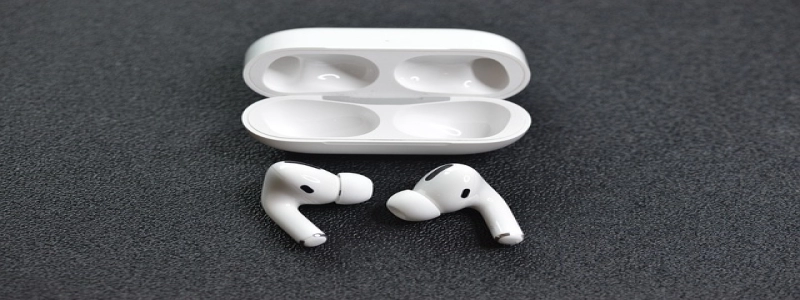Laser Diode Pinout
Introduction:
A laser diode, also known as an injection laser diode (ILD), is a semiconductor device that emits highly coherent light through the process of stimulated emission. To operate a laser diode efficiently, it is essential to understand its pinout configuration. This article will provide a detailed explanation of the laser diode pinout and its significance.
I. Laser Diode Pinout Basics:
The pinout configuration of a laser diode consists of several pins, each serving a specific purpose. These pins define both the electrical connections required for the laser diode to function and the physical properties associated with them. The most common laser diode pinout configuration consists of three pins: the anode (A), the cathode (K), and the case (C).
II. Anode (A):
The anode pin is the positive terminal of the laser diode. It connects to the p-side (positive side) of the diode junction. It is crucial to apply the correct voltage to this pin, as an overvoltage can result in irreversible damage to the laser diode or even its complete destruction. The anode pin is usually marked with a plus sign (+) or a triangle symbol.
III. Cathode (K):
The cathode pin is the negative terminal of the laser diode. It connects to the n-side (negative side) of the diode junction. Just like the anode pin, applying the correct voltage is essential to prevent damage to the laser diode. The cathode pin is often marked with a minus sign (-) or a bar symbol.
IV. Case (C):
The case pin is the metallic housing of the laser diode. It serves as a common ground for the anode and cathode pins. The case pin should be connected to the ground of the electrical circuit to ensure proper functioning of the laser diode. In some laser diodes, the case pin may be marked with the letter \”C.\”
V. Additional Pins:
In some laser diodes, additional pins may be present, depending on the specific type and features of the diode. These additional pins may include pins for monitoring the laser power, temperature control, or modulation control. It is important to consult the datasheet or technical specifications of the specific laser diode being used to understand the functionality of these additional pins.
Conclusion:
Understanding the pinout configuration of a laser diode is vital for its safe and efficient operation. The anode, cathode, and case pins have specific roles in facilitating the flow of electrical current and ensuring the laser diode’s stability. By correctly connecting and applying the voltage to these pins, one can harness the full potential of a laser diode for various applications, including laser pointers, optical communications, and laser-based medical equipment.







